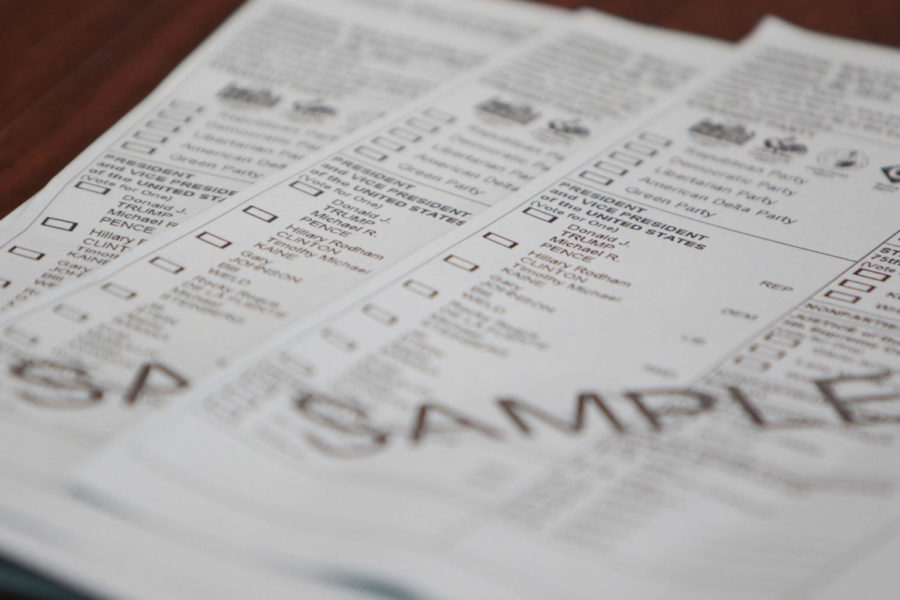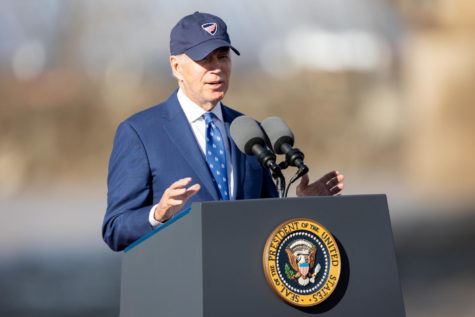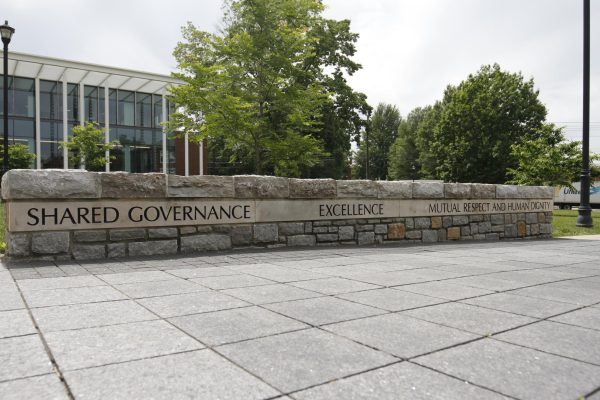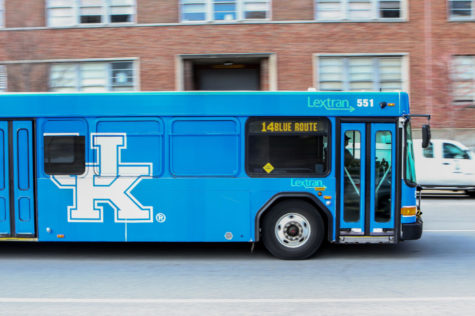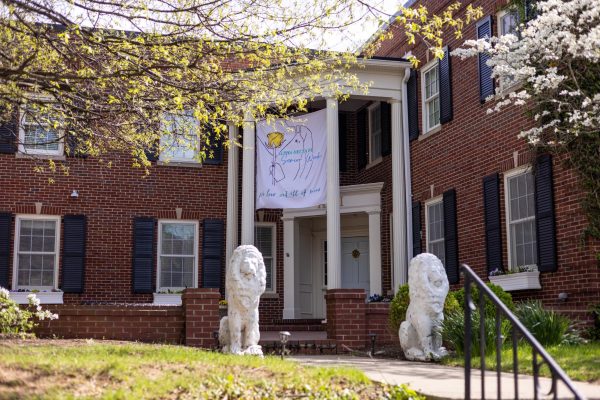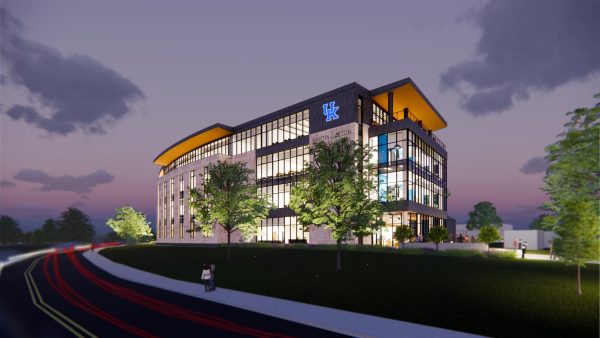Will Kentucky college voters turn out for the governor’s race?
The Carver Center, a precinct in Lexington, Ky., provides sample ballots to voters on Tuesday, November 8, 2016. Polls are open in Fayette County until 6 p.m. Photo by Joshua Qualls | Staff
October 30, 2019
The voter turnout rate for college students has historically been proportionately low. In the state of Kentucky, voter turnout has also historically been low when compared to other states across the country.
In the spring’s gubernatorial primary election, only 10.6 percent of registered voters between the ages of 17-24 participated in voting at their polling places, according to the Kentucky State Board of Elections. This compares to a slightly higher 32.8 percent of registered voters of the same age demographic participating in the election for the United States congressional seat of Kentucky’s sixth district in the 2018 general election.
Primary elections almost certainly see lower turnouts than general elections. For the college student demographic, this could largely be because primary elections take place during most schools’ summer terms, where several students are not able to make it to their registered polling locations near their campuses.
Turnout percentages increase with every age demographic. For voters ages 62 and over, the turnout for the previous general election was 62.4 percent. The amount of people registered to vote in that age group was more than triple that of voters aged 17-24 in both the 2018 general election and the 2019 primary. These statistics mean that candidates elected are not representative of who college students want to see in office.
This data does include 17 year olds, who may be registered to vote but are not old enough to actually participate in active elections.
For the upcoming general gubernatorial election, past statistics do not predict that the turnout rate will go up.
In the 2006 election for the Kentucky’s sixth district U.S. House seat, Fayette County recorded around 72,000 votes. In the following year’s gubernatorial election, Fayette County saw around the same number of voters.
With the upcoming race being so polarizing, however, the amount of voters might actually jump up from last year. University of Kentucky students like Joe Schodrowski, a sophomore majoring in accounting, say that they are planning to vote for the next governor, even though they did not show up at the polls last year, because they think that the governor’s seat is a more serious election.
“I can personally say I didn’t vote last year,” Schodrowski said. “I was registered and everything but I didn’t know a lot about the election for [the 2018 House election]. But this year I really want to vote because I’m much more opinionated on who serves as governor.”
Other students want to vote in the election because they think that the governor deals with issues that hit closer to home.
Jaden Stevens, a junior psychology major, thinks that since the governor deals with strictly state affairs, it is a more important election than a big office like the President.
“Voting in the Presidential elections is less important to me because of the amount that they deal with,” Stevens said. “I think that people should care more about what directly affects their communities and the people they know and care about within them. I’m voting this year for sure and I care a lot more about that than next year’s [2020 presidential] election.”









































































































































